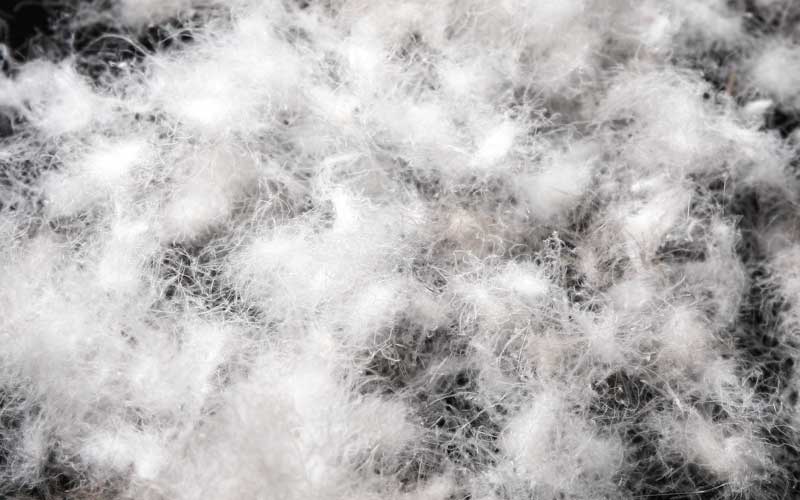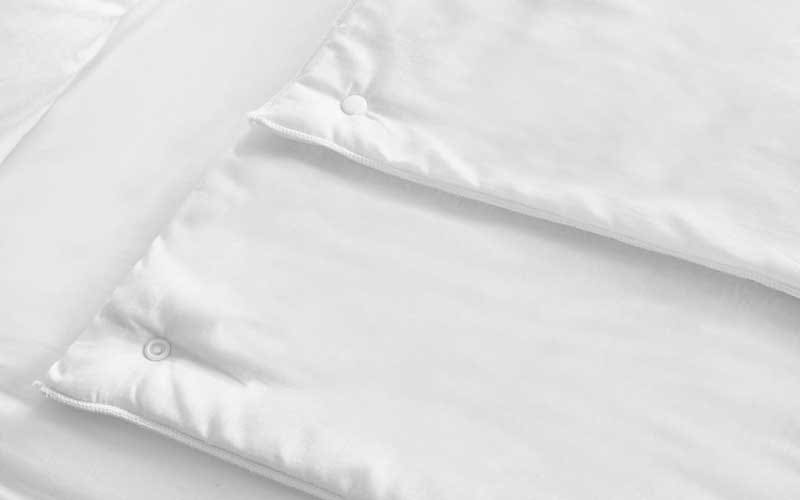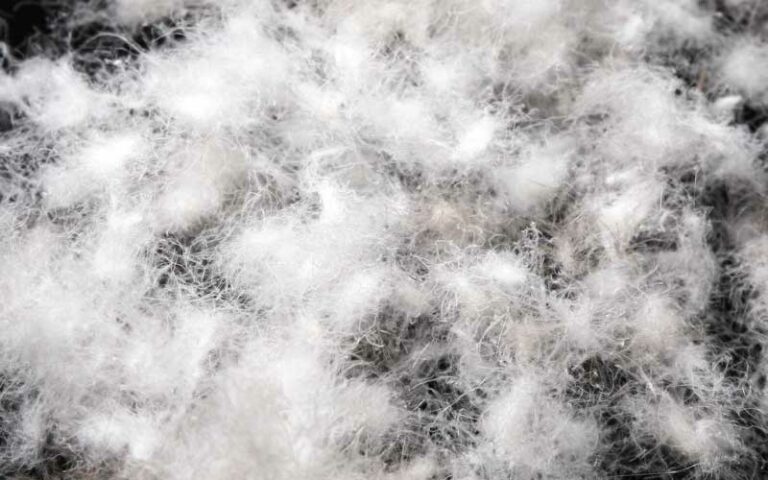Down fill makes the ideal bedding covering due to its light and very breathable structure. Down is different from feathers. It’s the fluffy coating clustered beneath the feathers of waterfowl, protecting them from the elements. Most down can be found on the belly of geese and ducks, as this part is exposed to water and needs to stay warm.
Humans have relied on down filled warmth and comfort for hundreds of years. In the 14th century, Europeans used down-filled featherbeds and pillows and eventually, we started using down-filled duvets on top. Quality down is durable and hearty, and it has been passed down through generations. The most important thing to consider when purchasing a duvet is the fill power.
So, what is fill power in a duvet, you ask? It measures the quality and effectiveness of the loft or fluffiness of the down in your duvet. The higher the fill power, the lighter your duvet will be while providing better insulation. If you want to learn more on the subject, then this article is for you, so let’s get started!
What is duvet fill power?

Down fill power is used to measure the quality of down in a comforter or a duvet. The fluffier the down, the greater the number of air chambers, and therefore, the more effective it is at insulation. Higher fill power means the down products will be lighter but more resistant and insulating. The down duvet will last longer if it is shaken in the morning to recover its fullness.
How do you measure?
We measure fill power in CUIN (cubic inches per ounce). Down is washed, dried, and put into a device called a Lorch cylinder in order to calculate it. Once inside, a certain amount of pressure is applied to it. The height of the down is measured at that point to determine the fill power. Typically, the fill power of duvets ranges between 600 CUIN to 800 CUIN for products with the highest quality down.
How much fill power do you need?

To determine the right amount of fill power, you should ask yourself how light or heavy your dream duvet feels. For example, you need a down duvet with high fill power if you like a light but warm comforter. On the other hand, feel free to choose a lower fill power duvet if you don’t mind it being heavier. . Generally speaking, most modern duvets are exceptionally light, and the differences in weight are minimal, but they can still be essential for some customers. Here are the best winter duvets in the UK as well in case you can’t make up your mind how much fill power you need in the winter, for example. Here are the best UK summer duvets for lower fill power.
How to compare fill power?
All down isn’t from the same species, cleaned the same and not packaged, shipped or stored in a climate-controlled room with floors explicitly designed for it. Over time, all of those variables can significantly impact how your pillows, comforters, and mattress toppers perform.
It is also a measure of quality, size and cleanliness. With higher fill power comes higher quality and larger size of the down cluster. When compared across different manufacturers, all fill powers are not the same, but you might be able to tell them apart, depending on all the variables we mentioned above.
What is duvet fill weight?

You shouldn’t confuse fill weight with fill power because fill weight is the actual weight of the duvet filling. The higher the fill weight, the heavier your duvet will be. Keep in mind that a heavy duvet doesn’t equal a warmer duvet.
Fill weight determines how soft or firm a comforter is, while fill power measures the effectiveness and quality of the down or feather filling. For example, high fill weight and low fill power comforter will provide poor insulation. You can see what we think the best fillings for a duvet are as well. If you see weight references with gsm (grams per square meter), this means the weight of the filling within a square meter.
Bottom line
Fill power measures the quality and effectiveness of the loft or fluffiness of the down in your duvet, whereas fill weight is the actual weight of the comforter’s filling. Typically, the fill power ranges between 600 CUIN to 800 CUIN for high-quality products, while their weight is still light and breathable. You can see our list of the best duvets in the UK as well.
We hope we were able to answer the how and why, and now it’s our turn to hear from you if any questions regarding the subject were left unanswered. If you want to share some information, we would gladly hear about it in the comments below.

